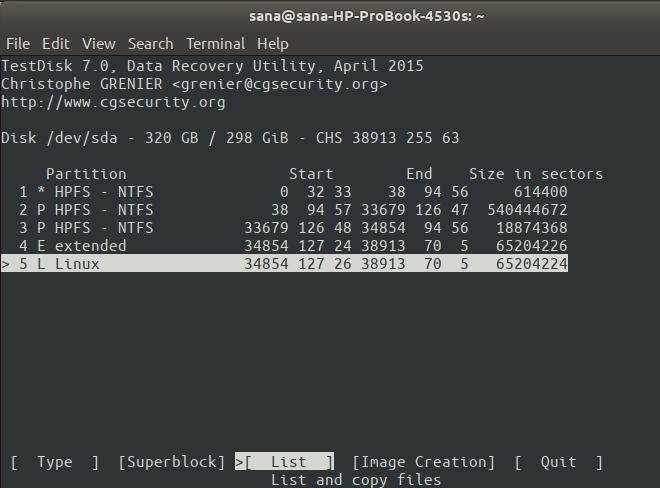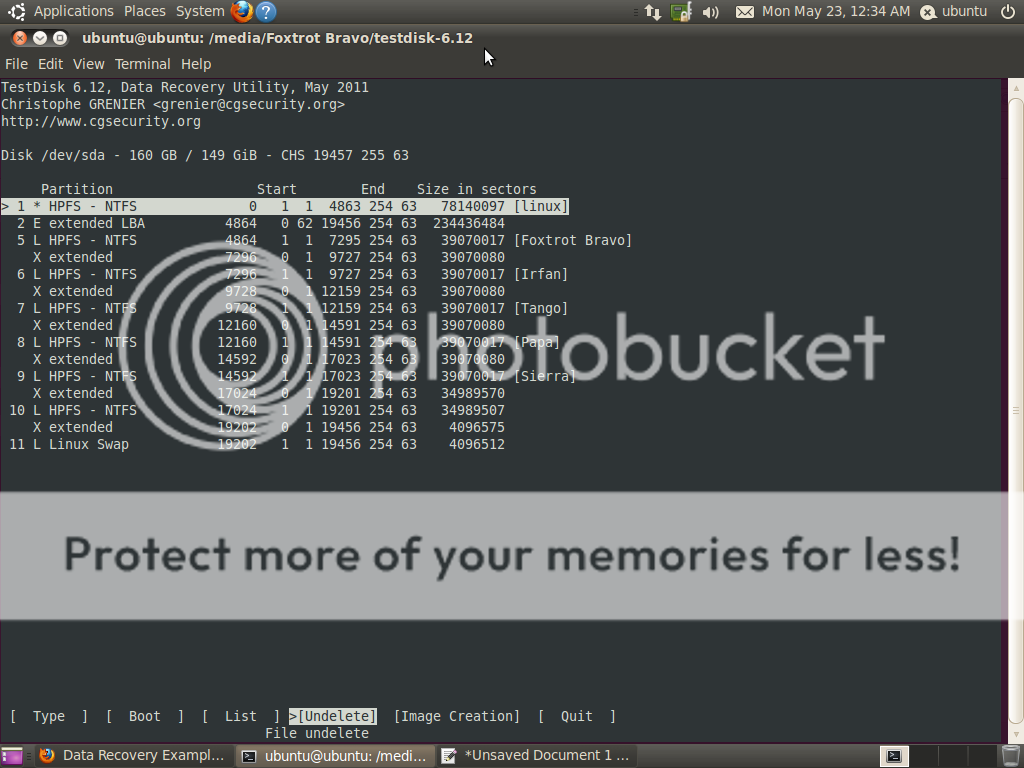
Sometimes a storage medium simply refuses to work at all. almost instantaneous (unless medium is spun down or broken).only detects entirely unresponsive media.

on the terminal look at the output of lsblk and ls -l /dev/disk/by-id and try to find the right device by size, partitioning, manufacturer and model name.Gnome Disks (formerly Gnome Disk Utility, a.To find the path of a storage drive in our current setup, use: Throughout this answer I'll assume, that a storage drive appears as a block device at the path /dev/sdc. fsckįsck itself will not help you find bad sectors, worse still, if there are a lot of bad sectors it can damage your data even more. For this reason, it is strongly recommended that users not run badblocks directly, but rather use the -c option of the e2fsck and mke2fs programs. Important note: If the output of badblocks is going to be fed to the e2fsck or mke2fs programs, it is important that the block size is properly specified, since the block numbers which are generated are very dependent on the block size in use by the filesystem. Will check the whole disk and print out all bad blocks encountered on /dev/sda. Sudo fsck -t ext4 -l bad-blocks-result /dev/sda1 To just check, or to check and fix first write the result to a temporary file: sudo badblocks -sv /dev/sda > bad-blocks-result You can also use badblocks sudo badblocks -sv /dev/sda

The program is bundled in the gnome-disk-utility package.

Even if you don't see any bad blocks there, launch a self-test to be sure. To check for bad sectors check the SMART data, probably the best accessible by launching the Disks utility ( Palimpsest).


 0 kommentar(er)
0 kommentar(er)
